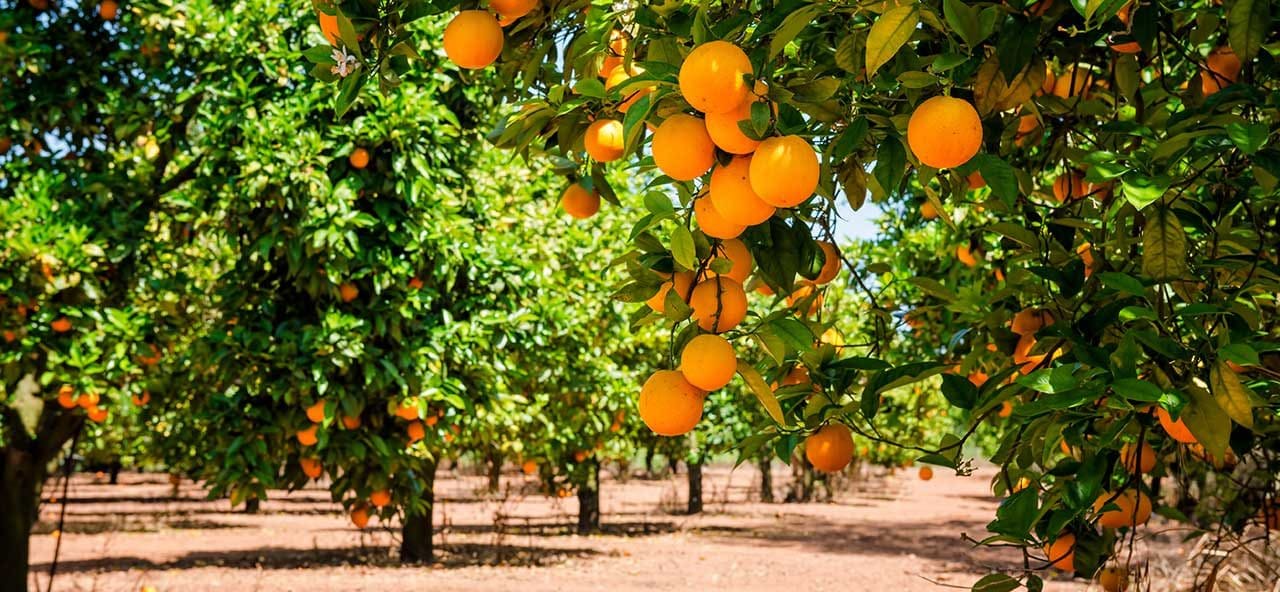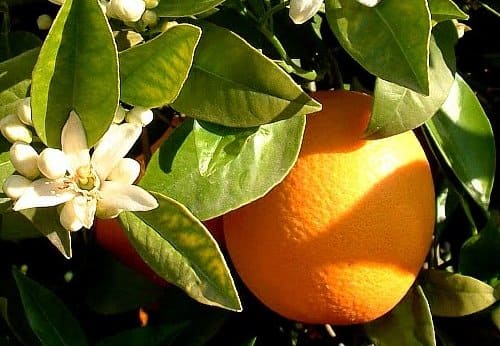Oranges have played an important part in Spain’s agriculture and economy for centuries. You can always see fresh orange slices in a glass of sangría or perhaps you’ve heard of the sweet Valencia oranges. This ever-present fruit comes in many varieties and is a staple of the Spanish diet.
Oranges appeared in Spain around 800 years ago when the Moors planted the first seeds in Andalucía. Nowadays, the production of this fruit is concentrated in the Mediterranean region, specifically Valencia, which accounts for 75% of total production. This area is rightfully called the “Orchard of Spain”.


Spain produces more than 3.5 million tons of oranges per year and exports more than 1.25 million tons, worth around 1 billion euros. Spain is by far the largest producer and exporter of oranges in Europe and the fifth largest in the world.
The citrus fruits cultivated in the Valencia region (oranges, mandarins, and lemons) are so significant that they have the Protected Geographical Indication (PGI) status. Today, you can see orange trees line the streets in Sevilla and fill courtyards in Córdoba. From neighborhood cafés to gas station rest stops, fresh squeezed orange juice can be found in every corner of Spain.
There are many types of high-quality oranges grown in the country. Some of them are:
Sevillian orange: this bitter fruit is often used to make jams, essential oils, tea.
Valencia orange: this type of Spanish orange is the most widely planted in the world, which is why it is known as the “Queen of Oranges”. It is intense and juicy.
Oak: this sweet variety was brought to the United States by José Roble in 1851 from Madrid to Tampa, Florida.
Fresh orange juice is even found in the local cocktail called ‘Agua de Valencia’, which is a mix of orange juice, cava, vodka and gin. And fun fact, when you refer to your significant other in Spain, you say ‘mi media naranja’ or ‘the other half of my orange’.
To plan your next gastronomic adventure, reach out to your Valesa customer service manager.
